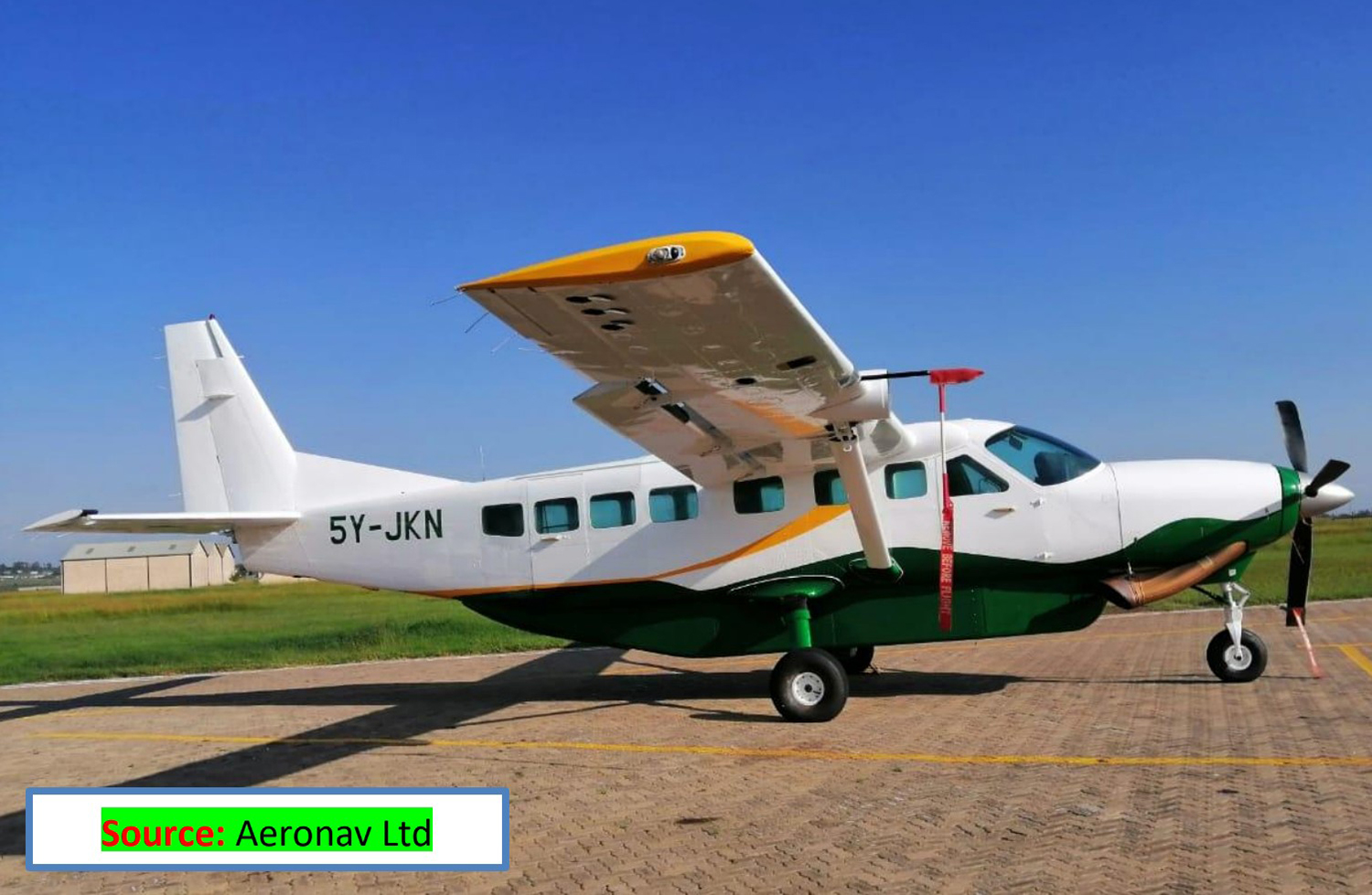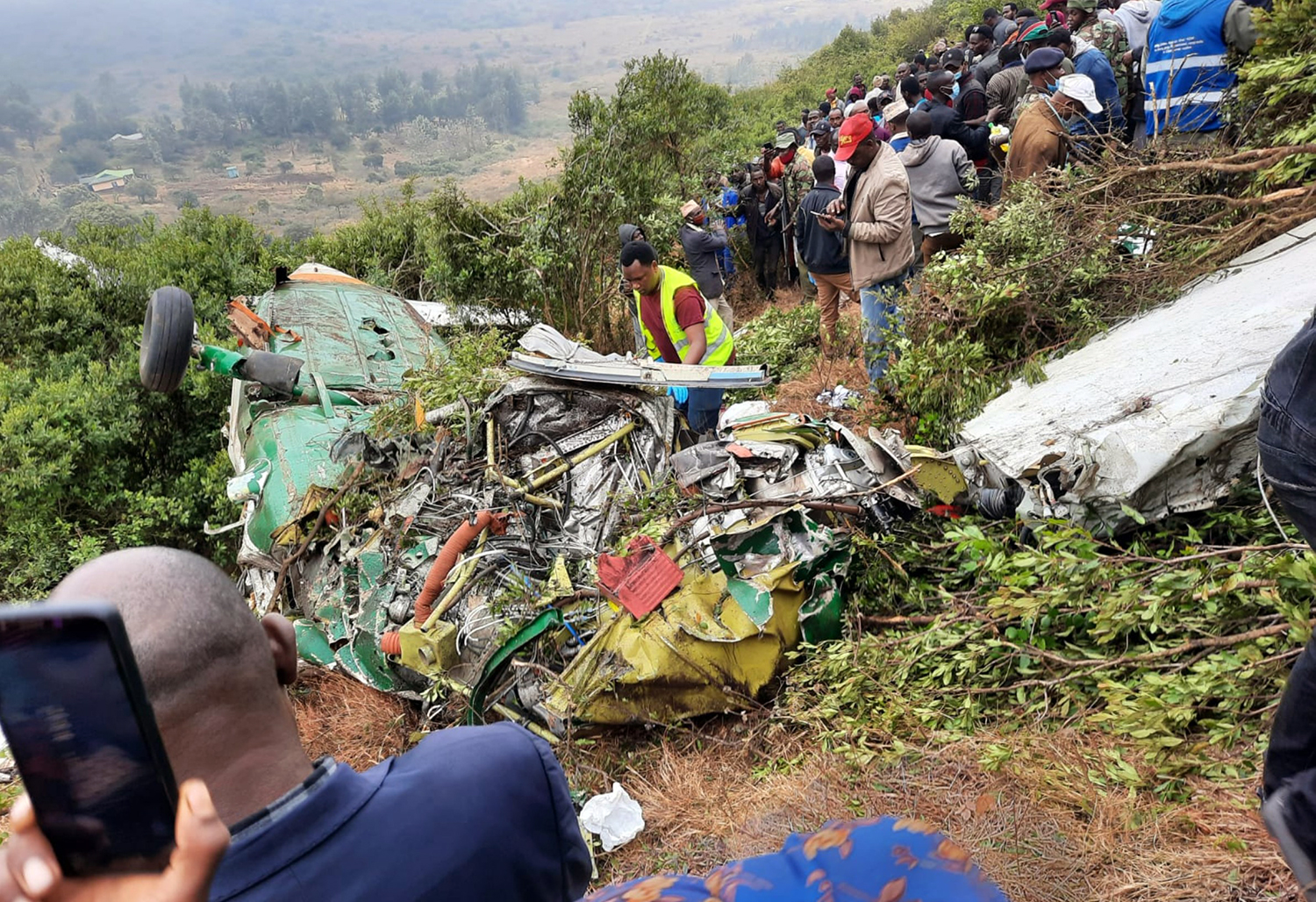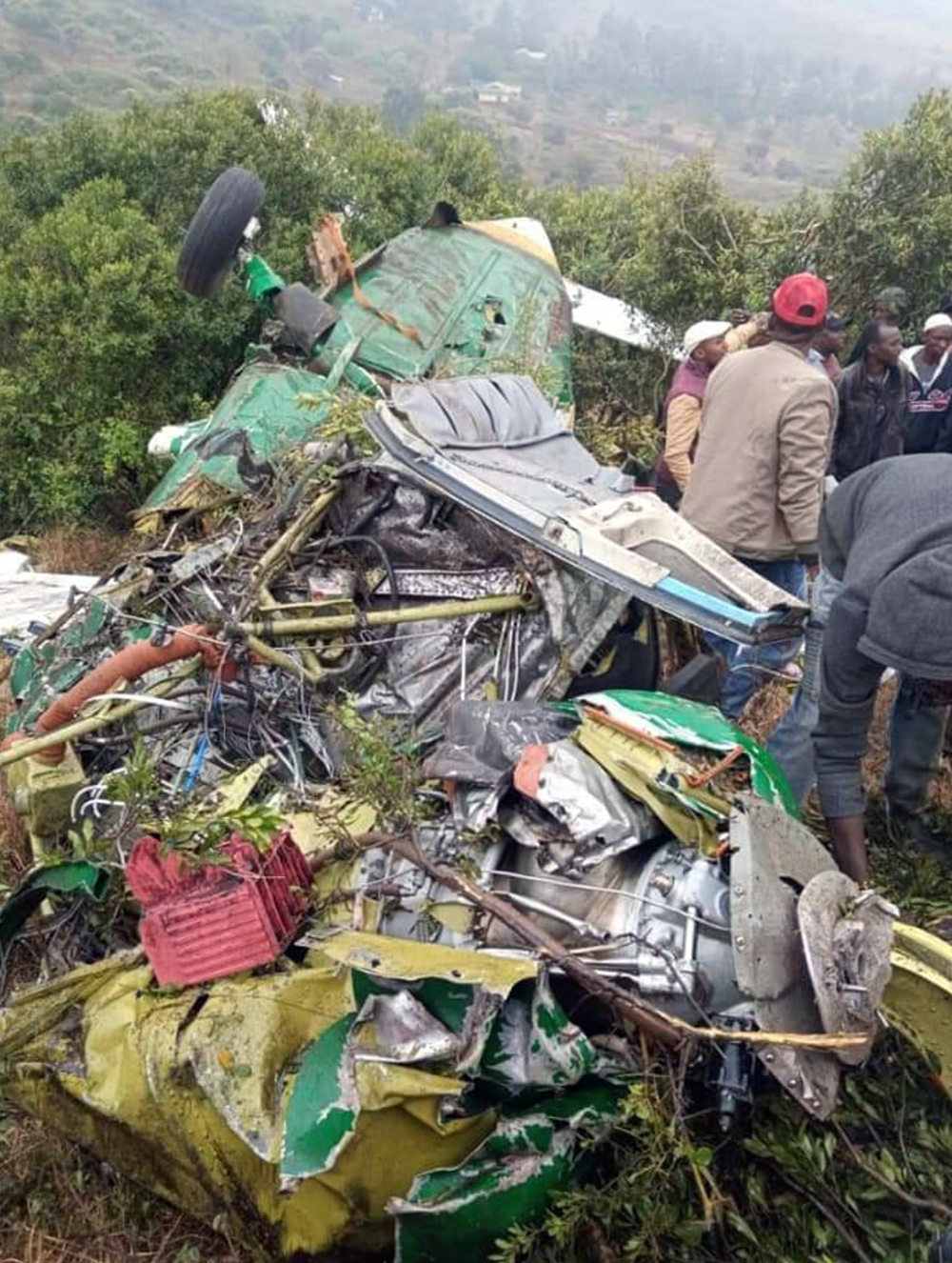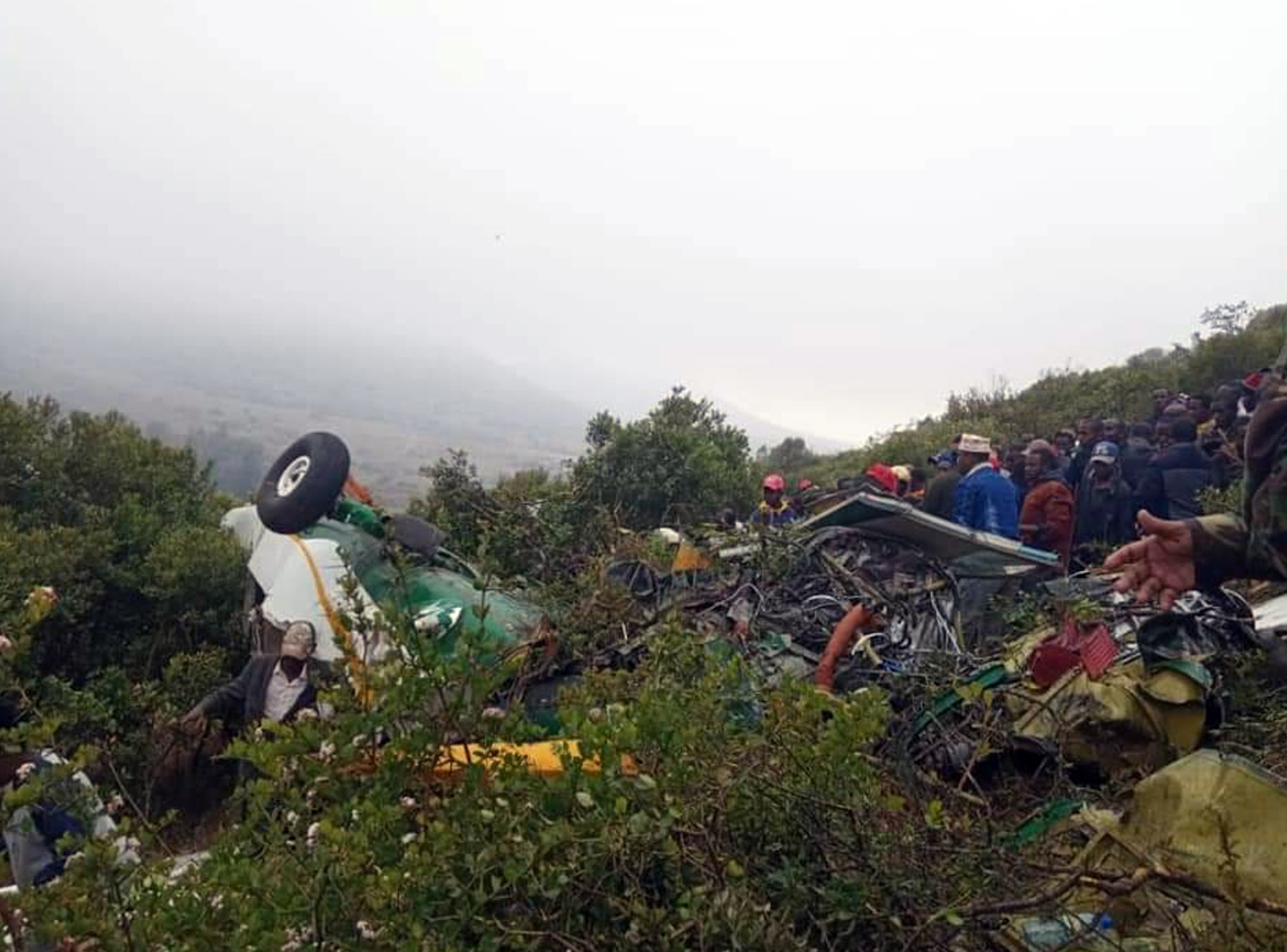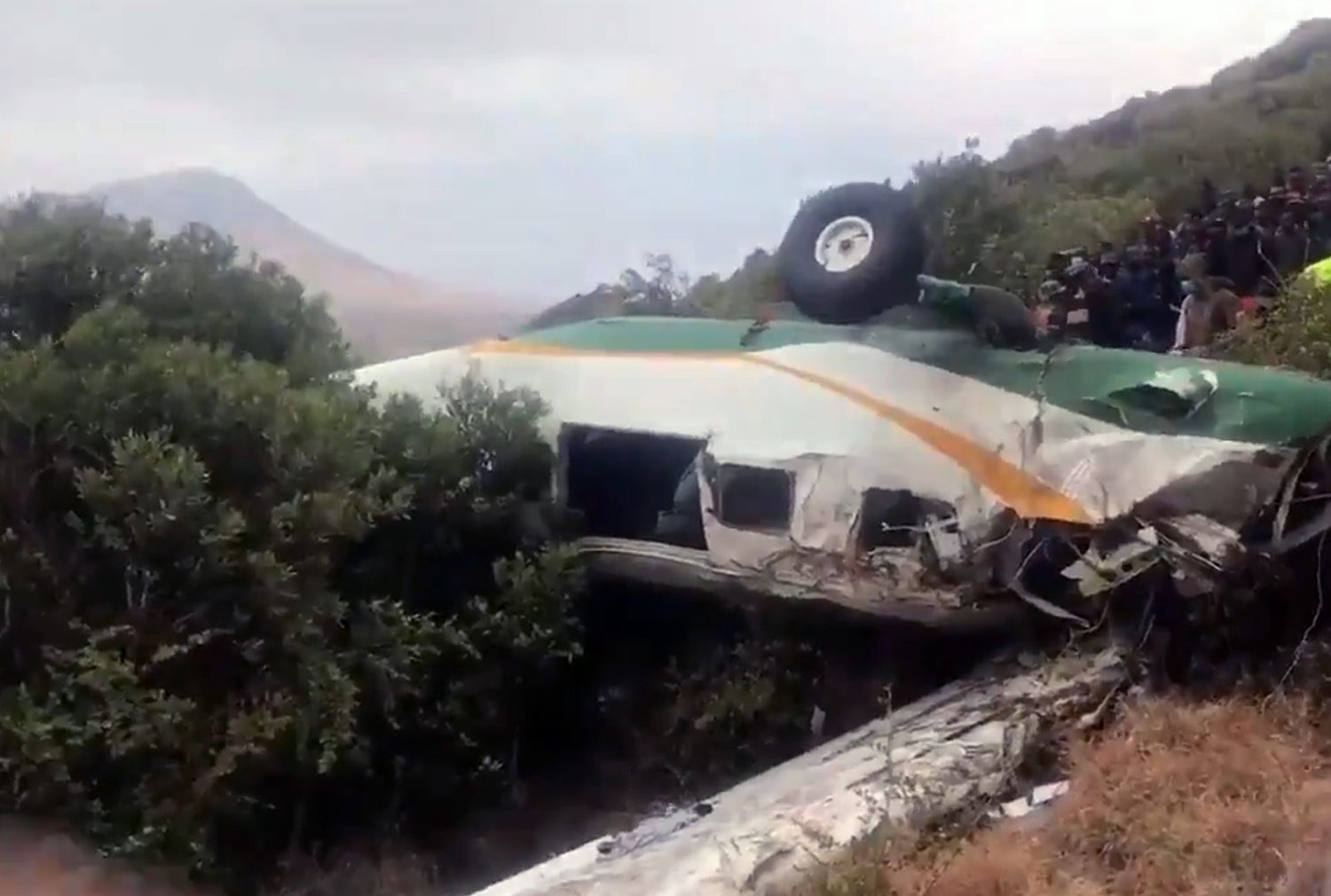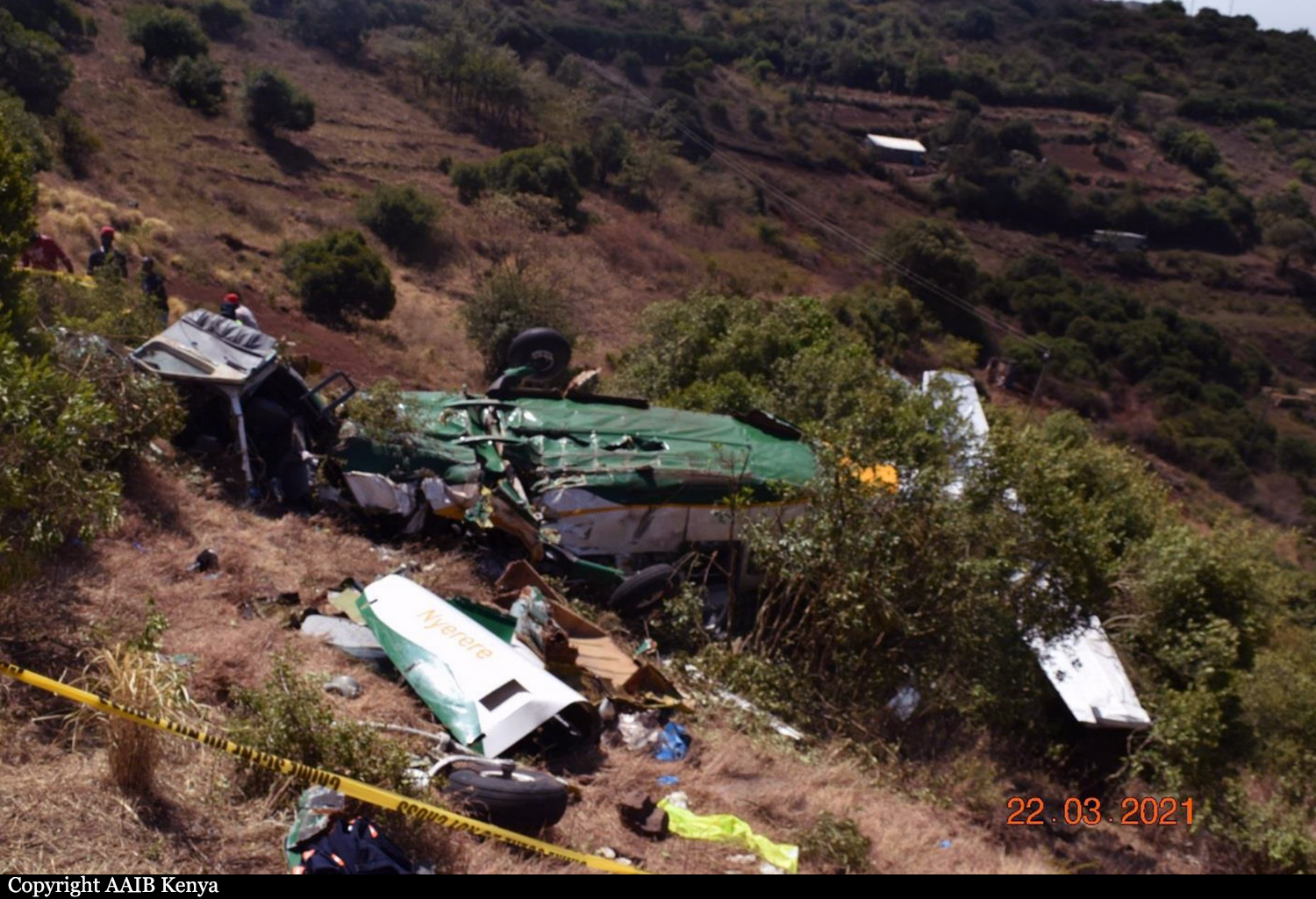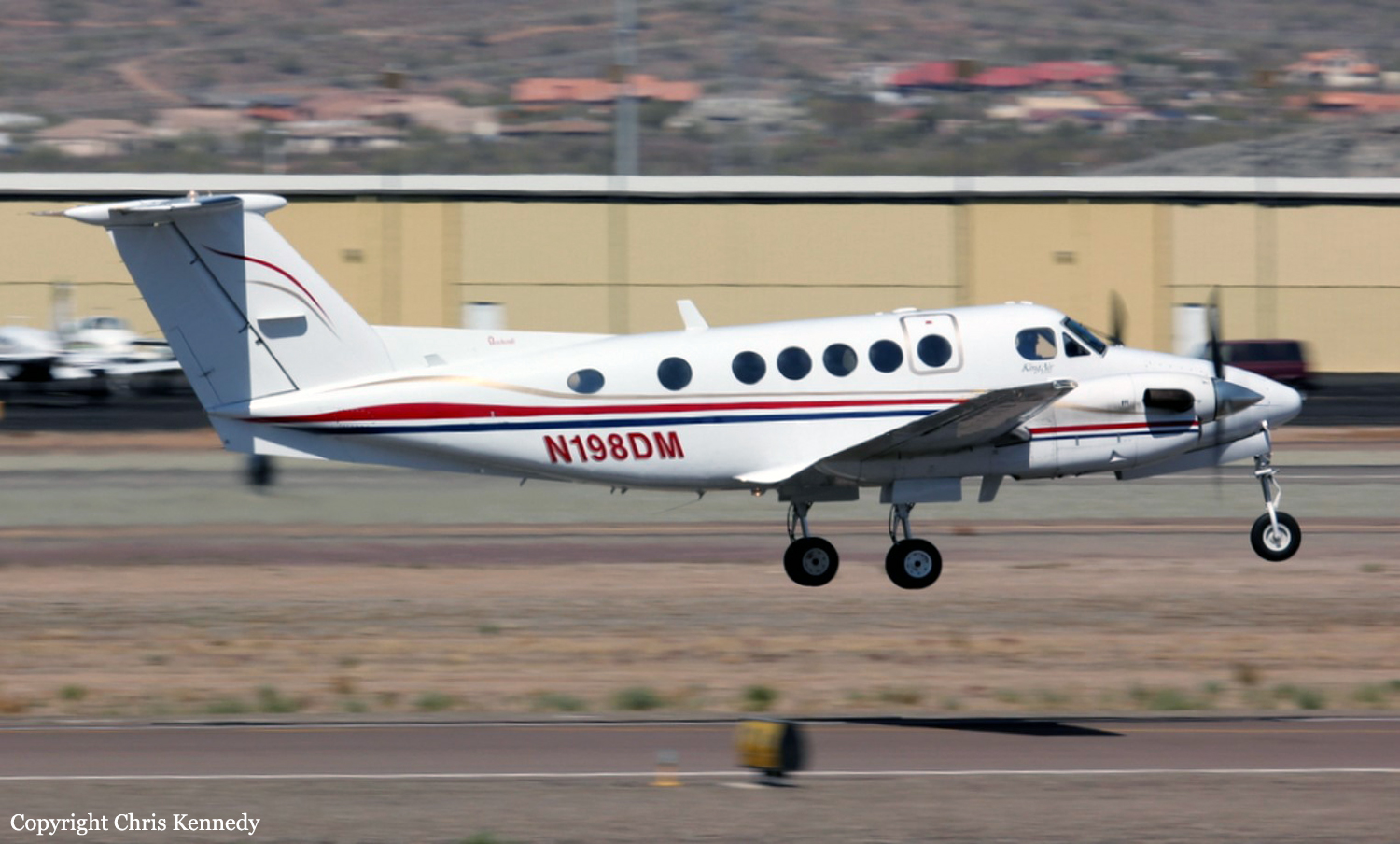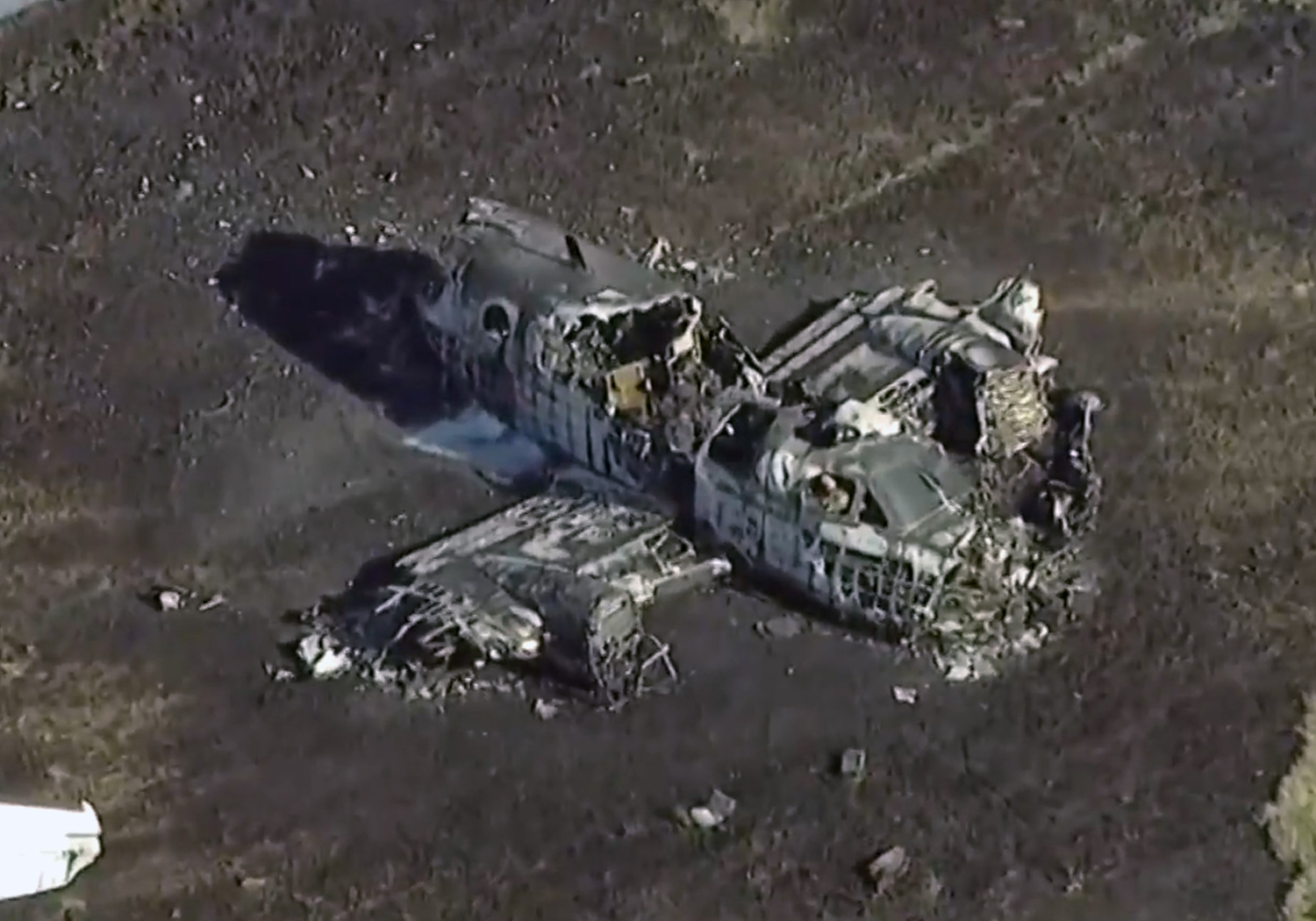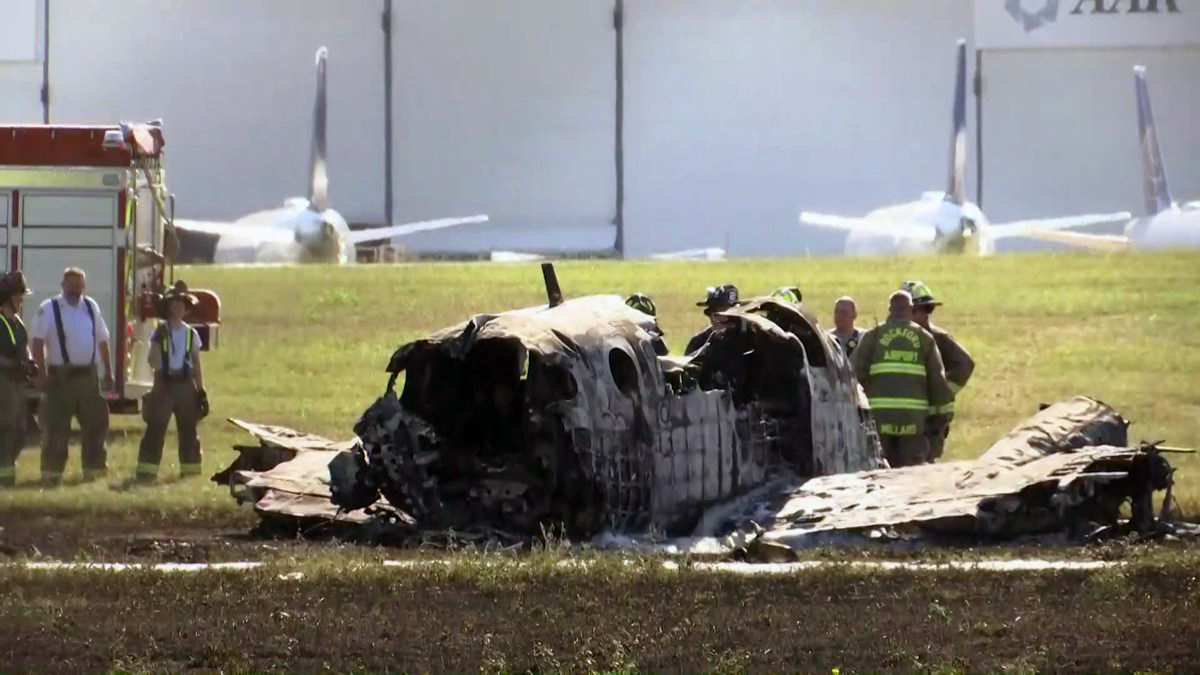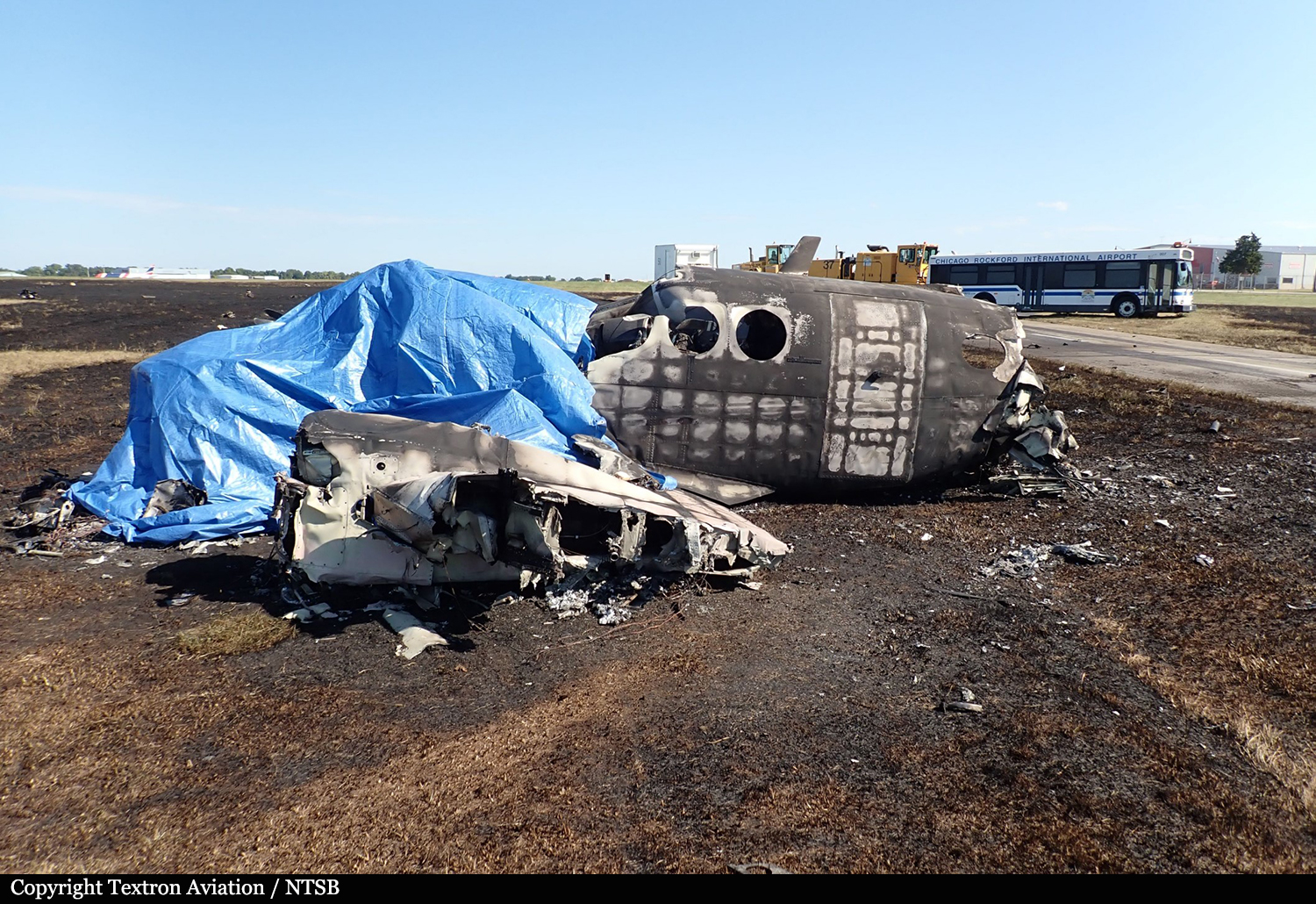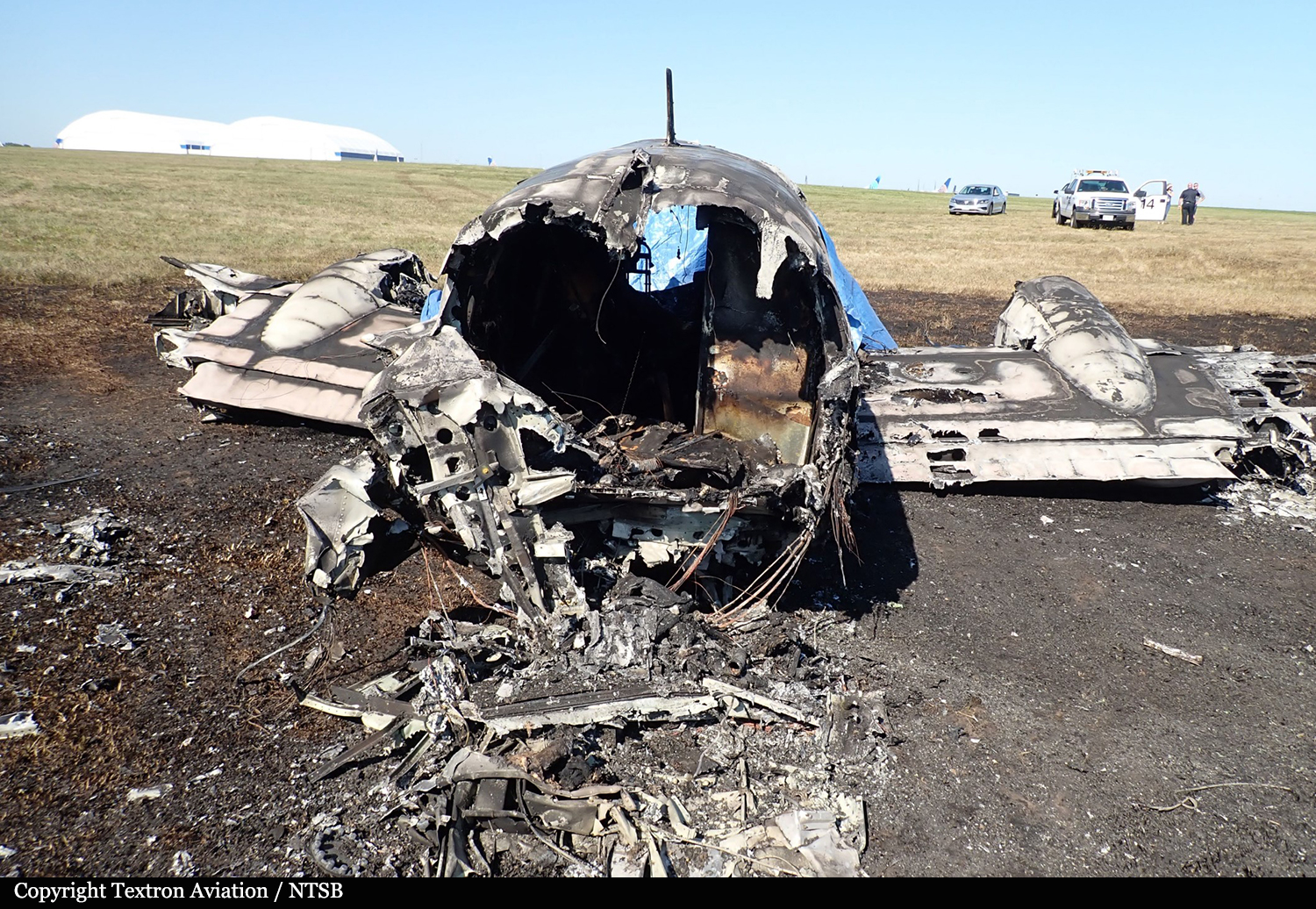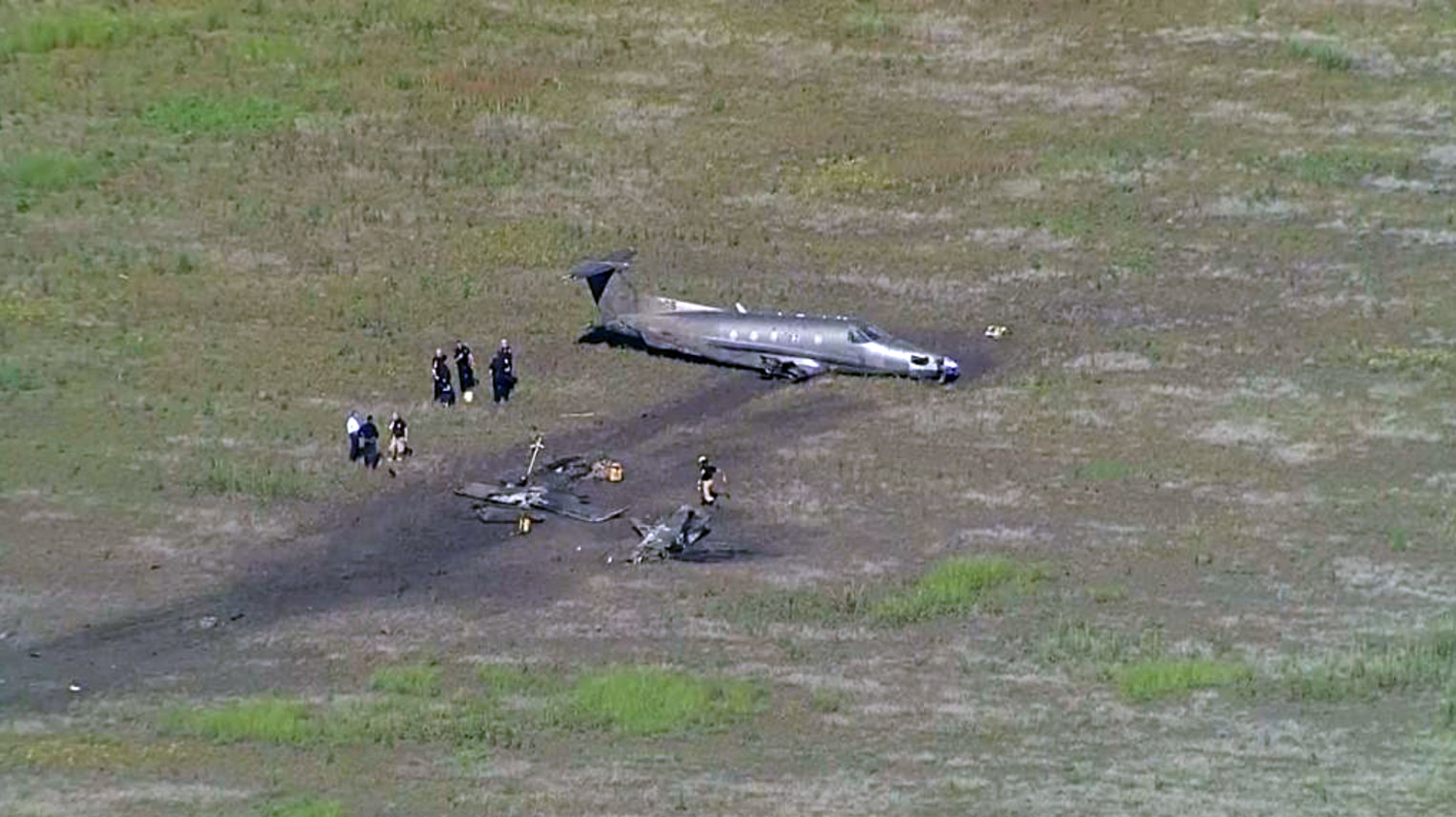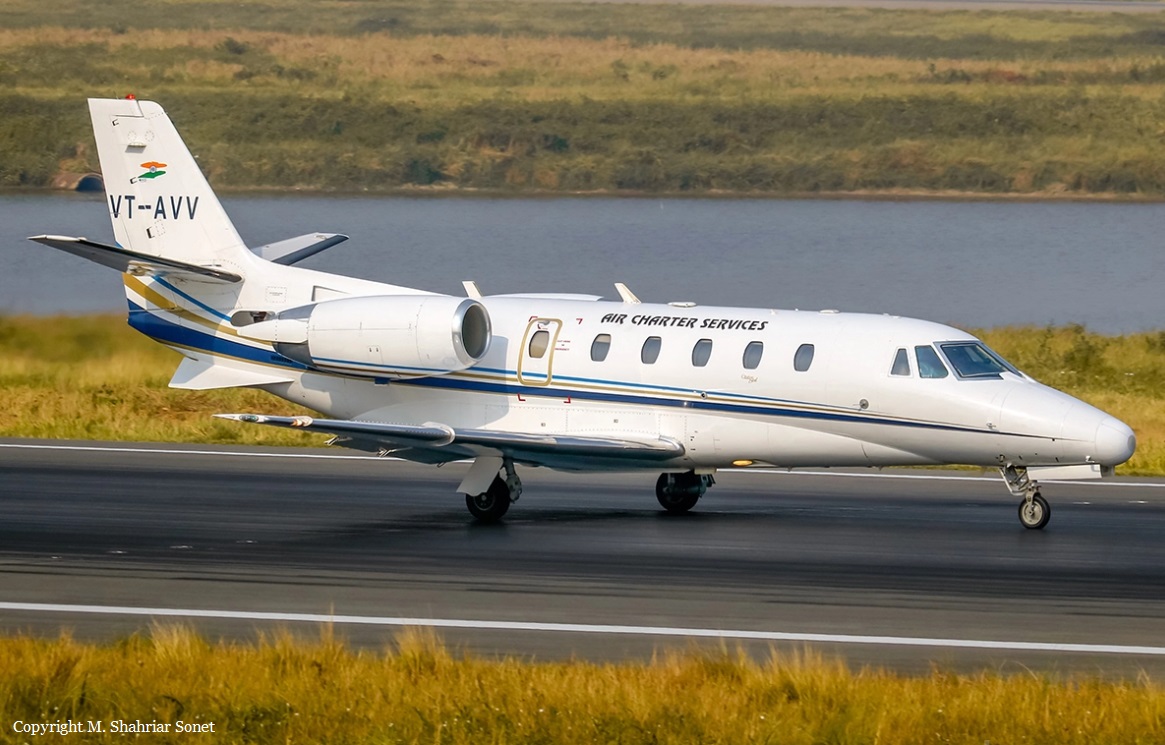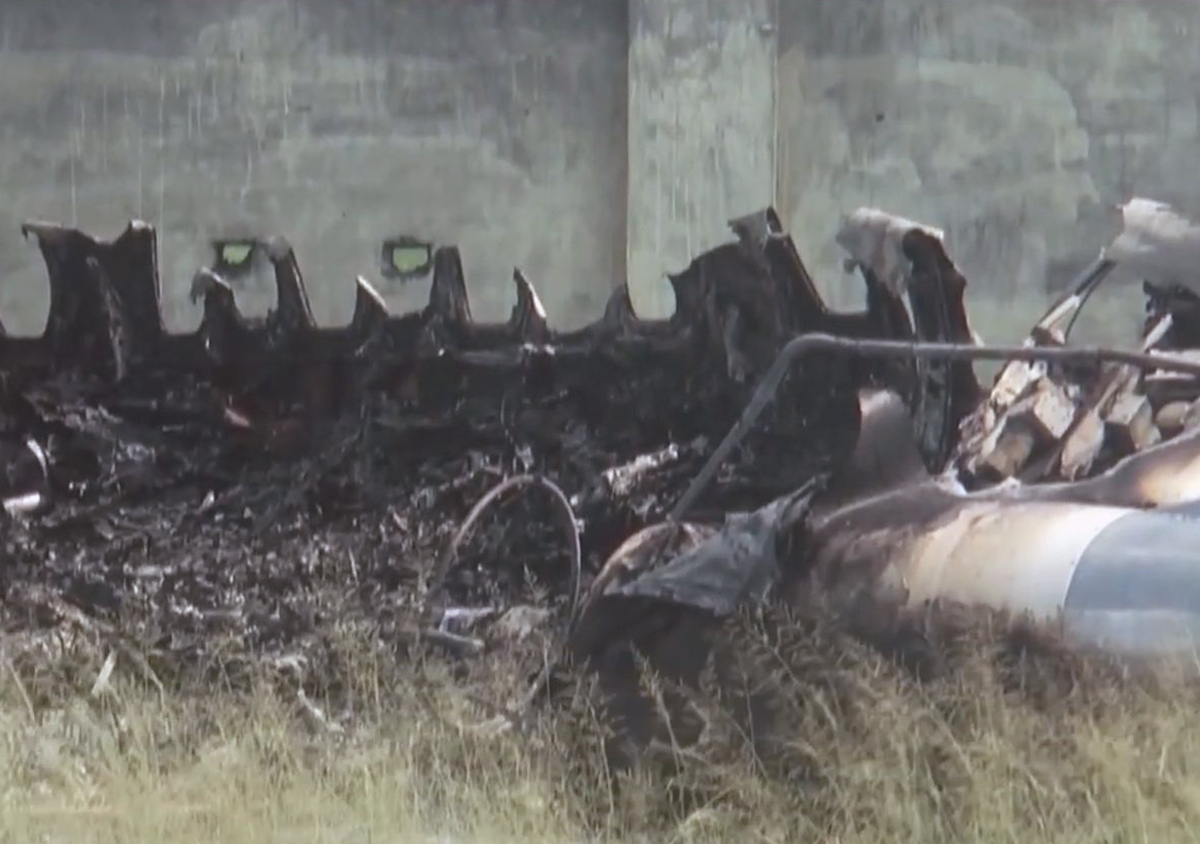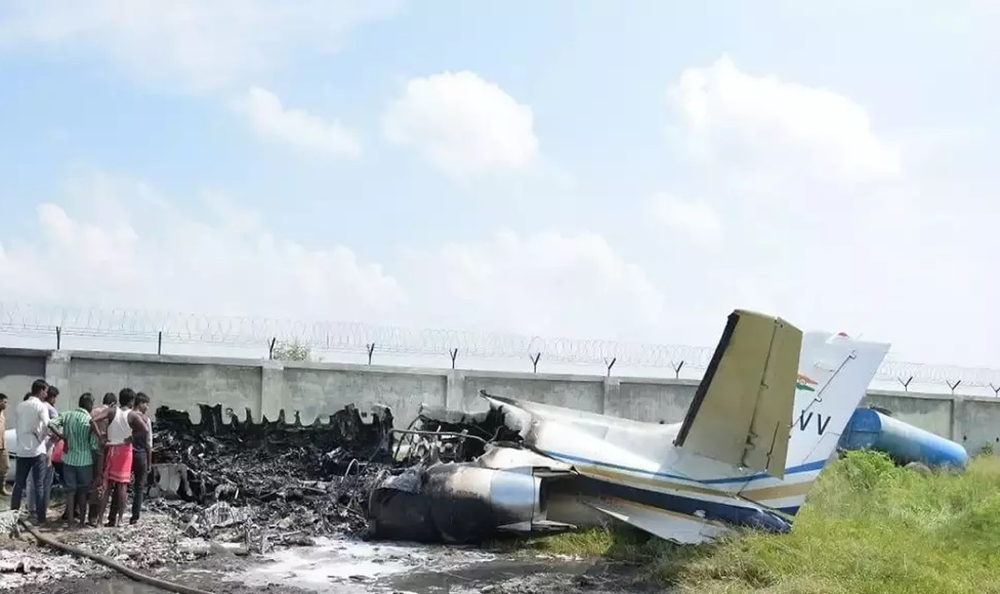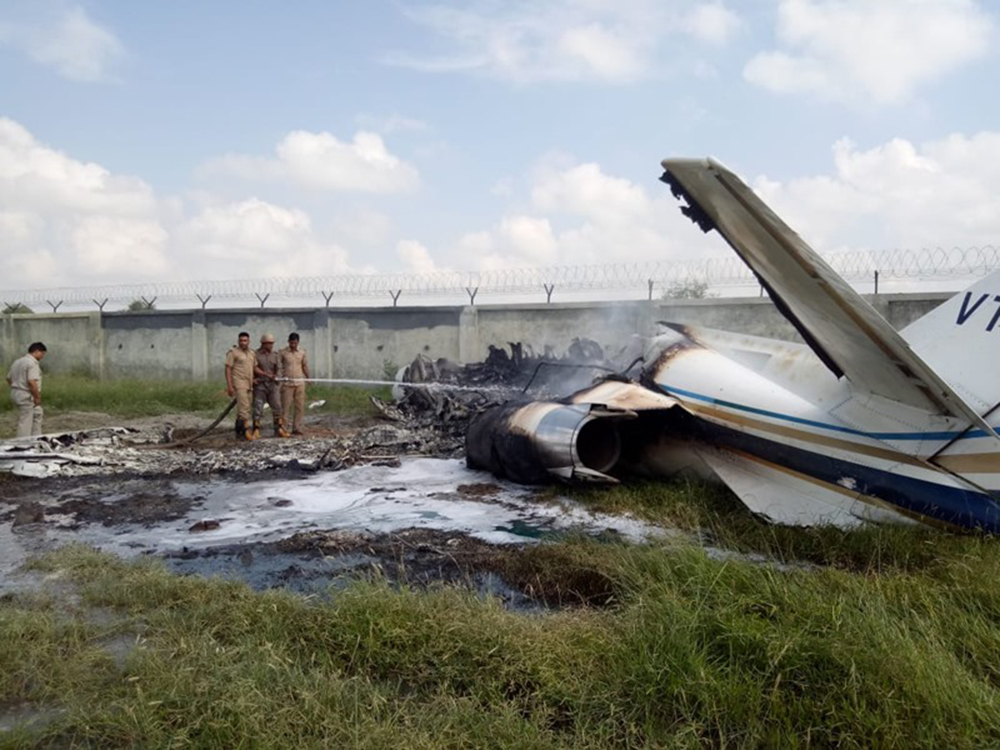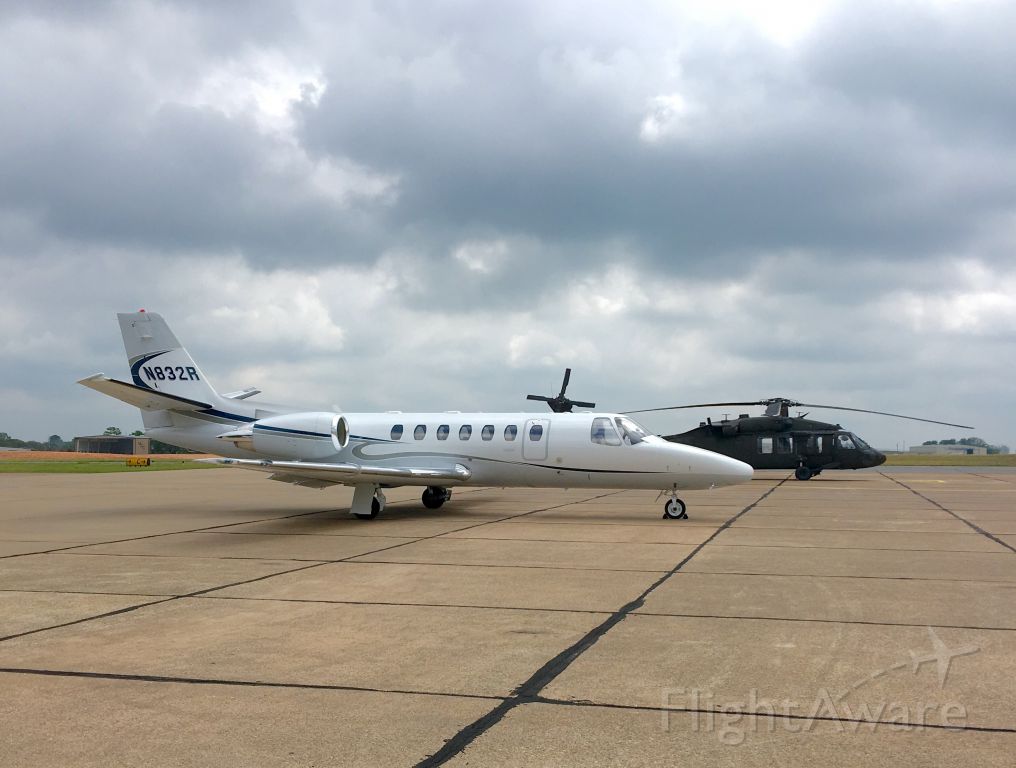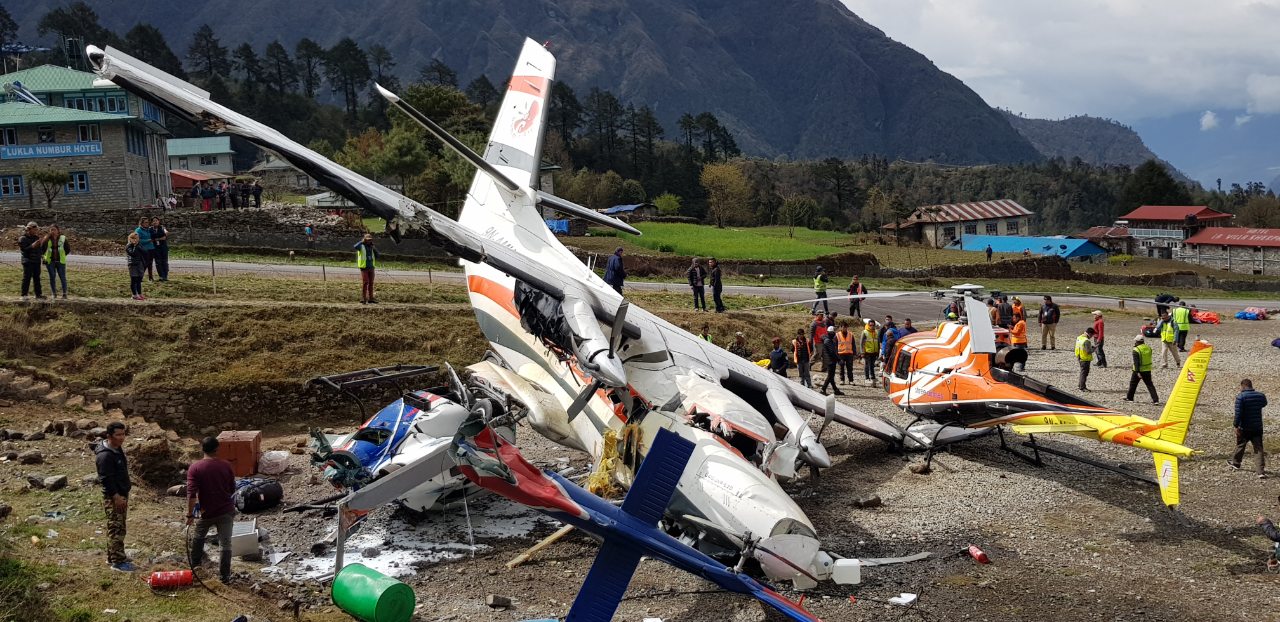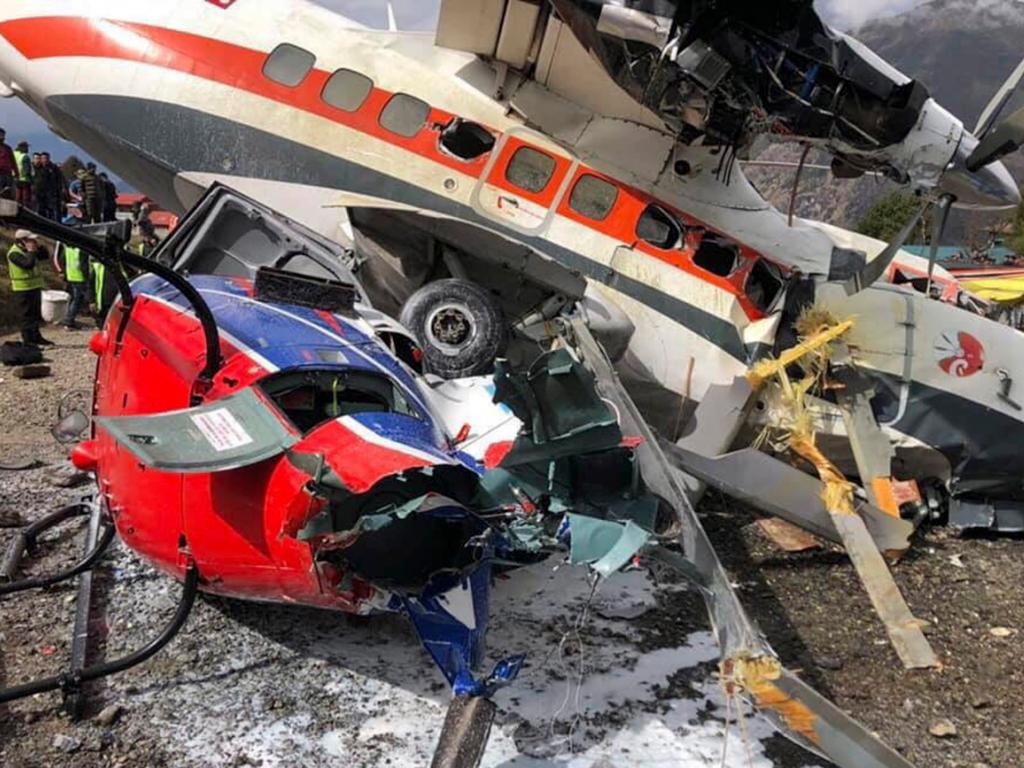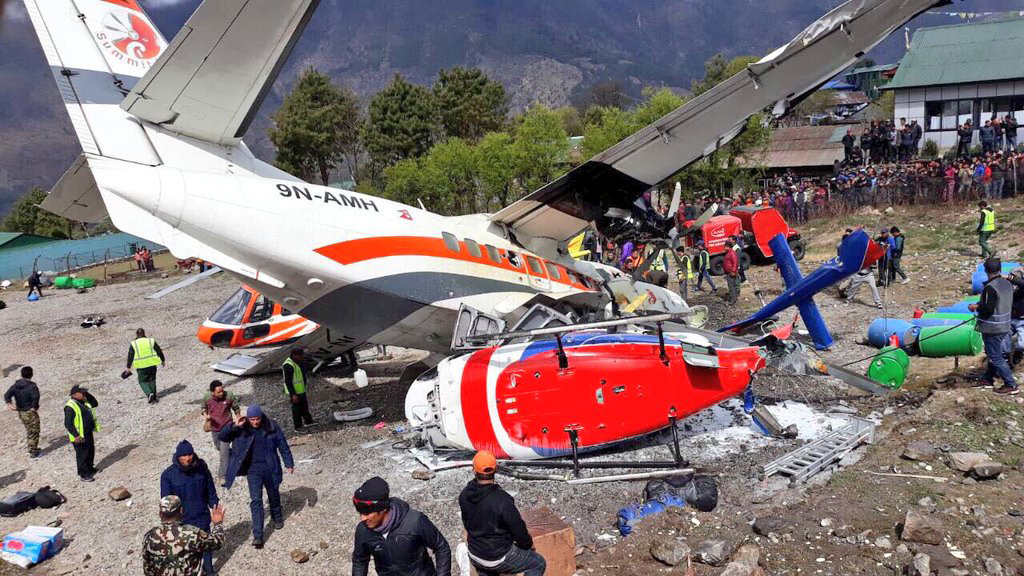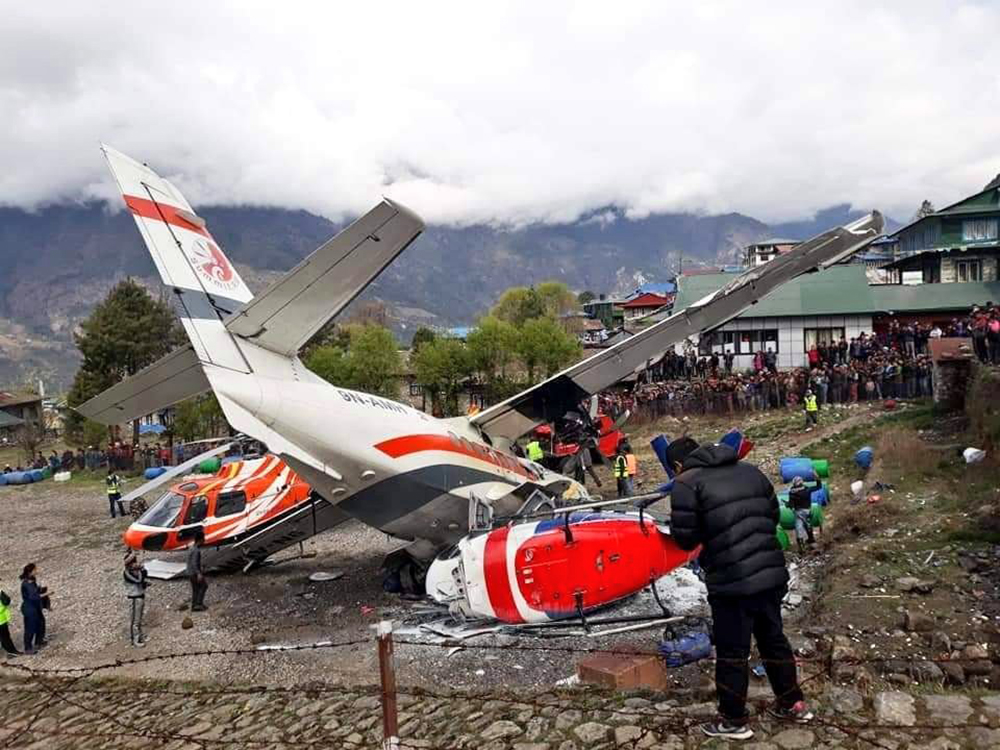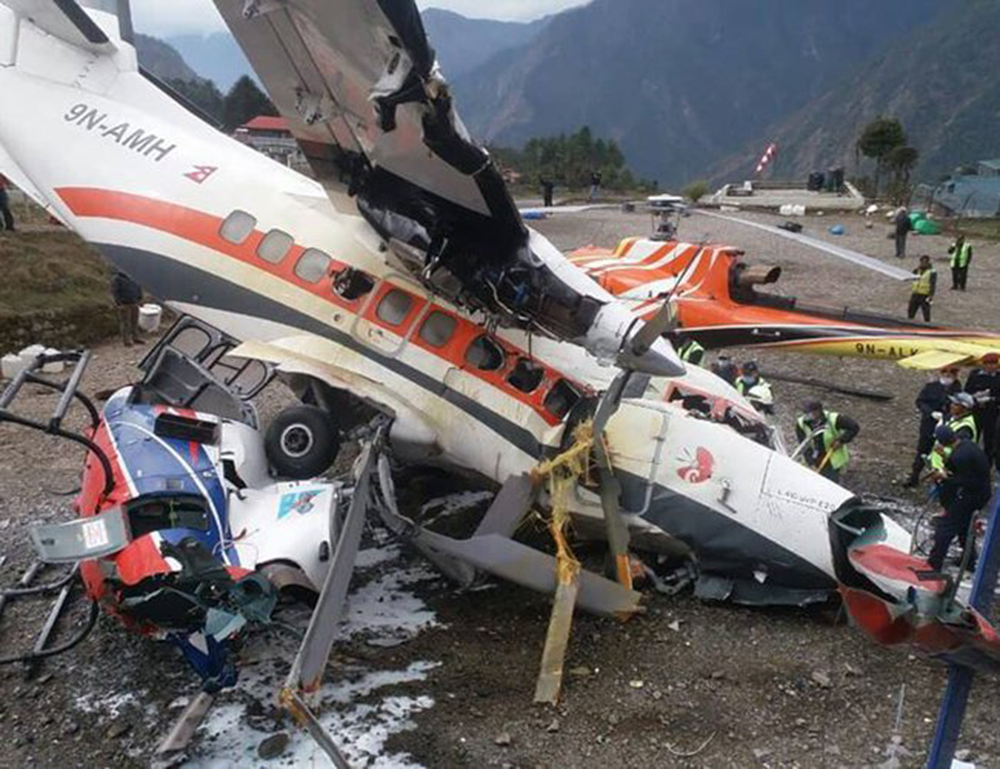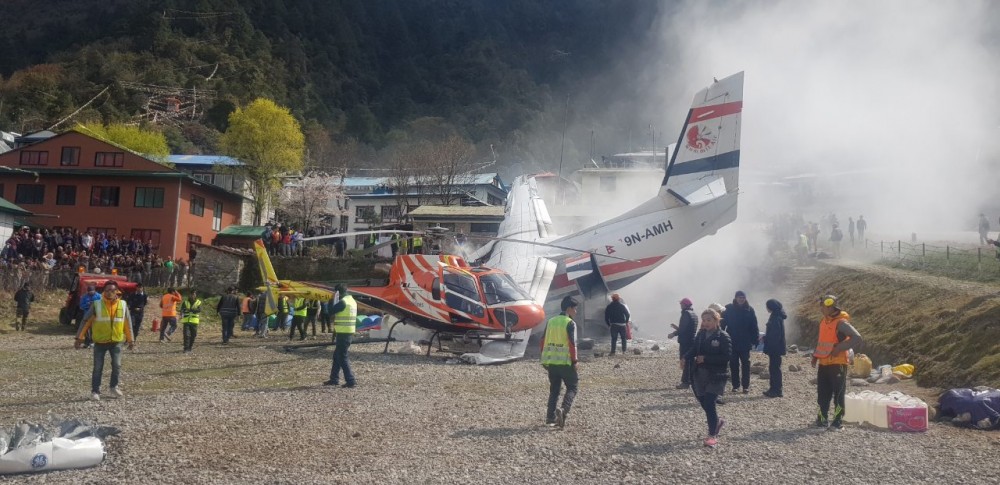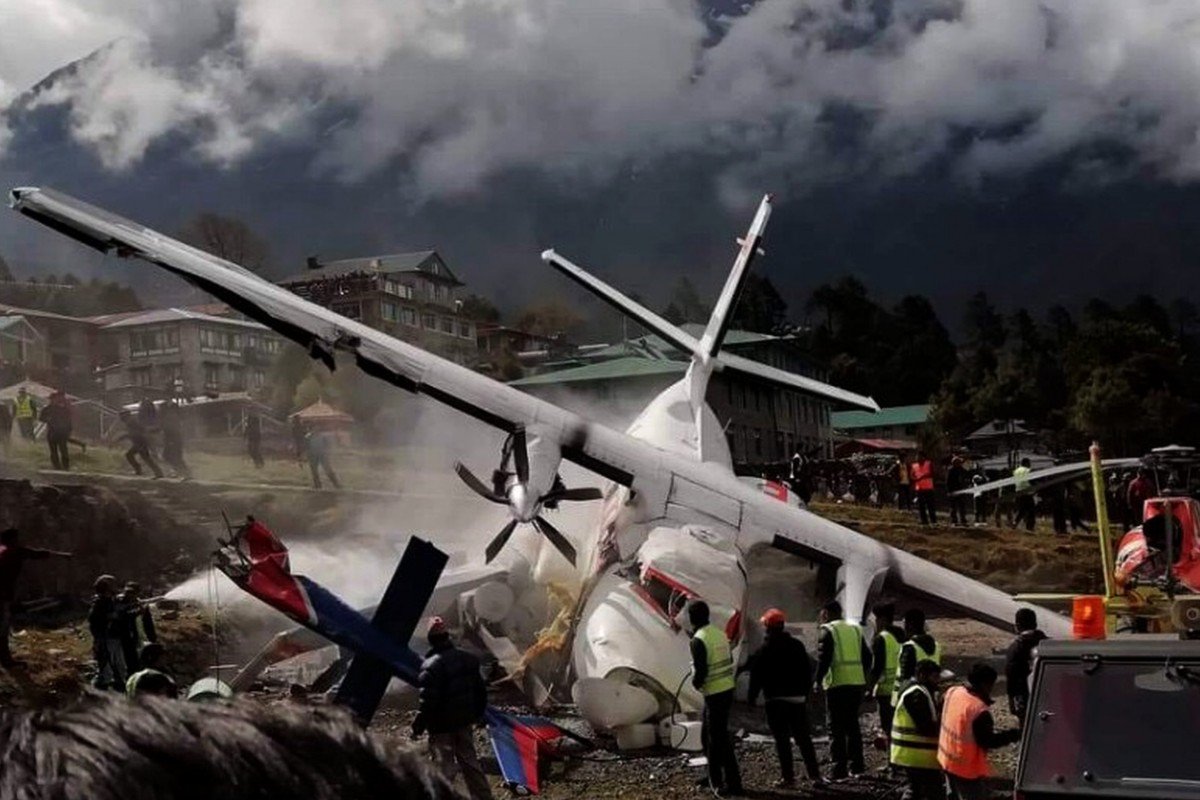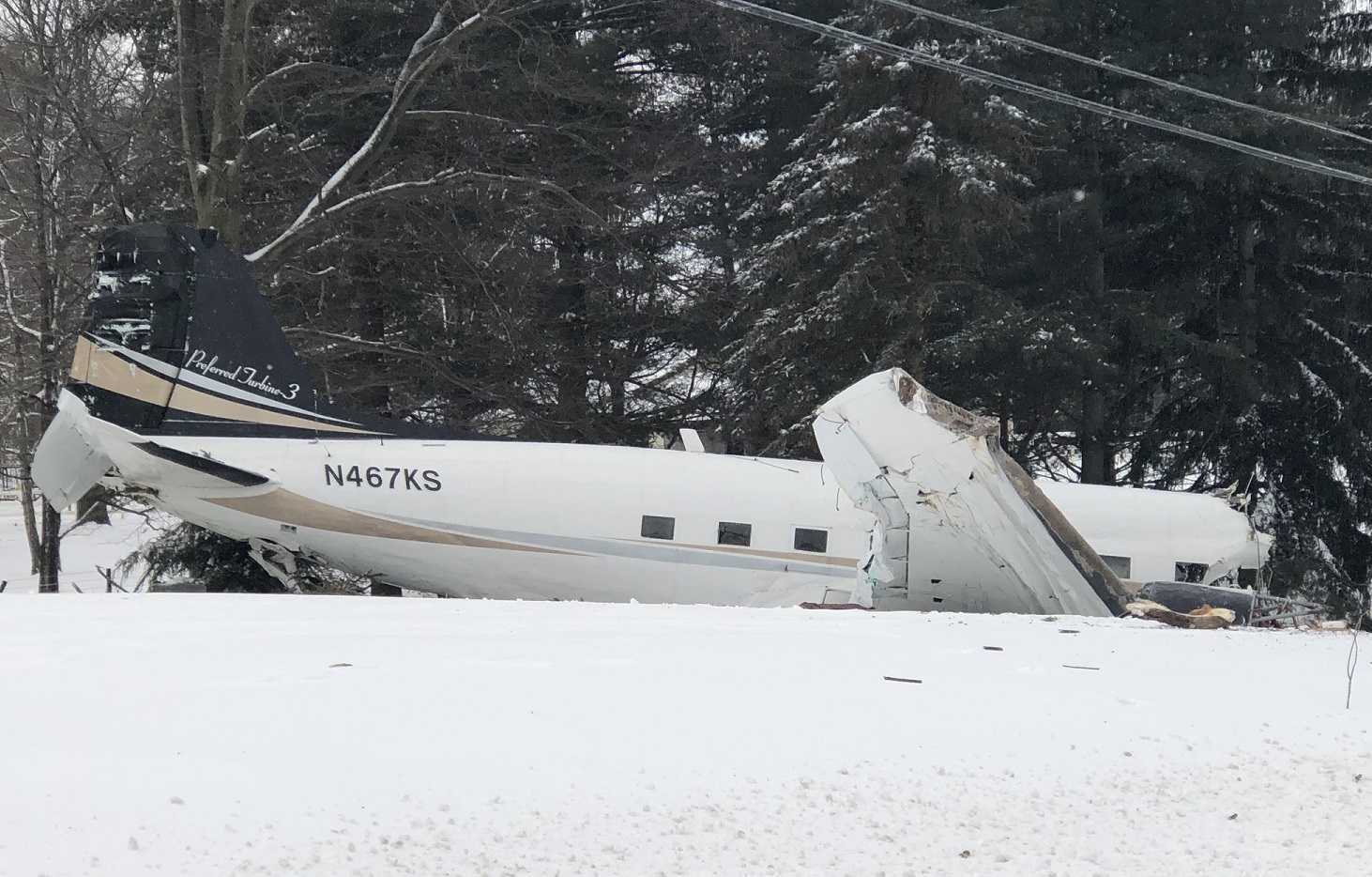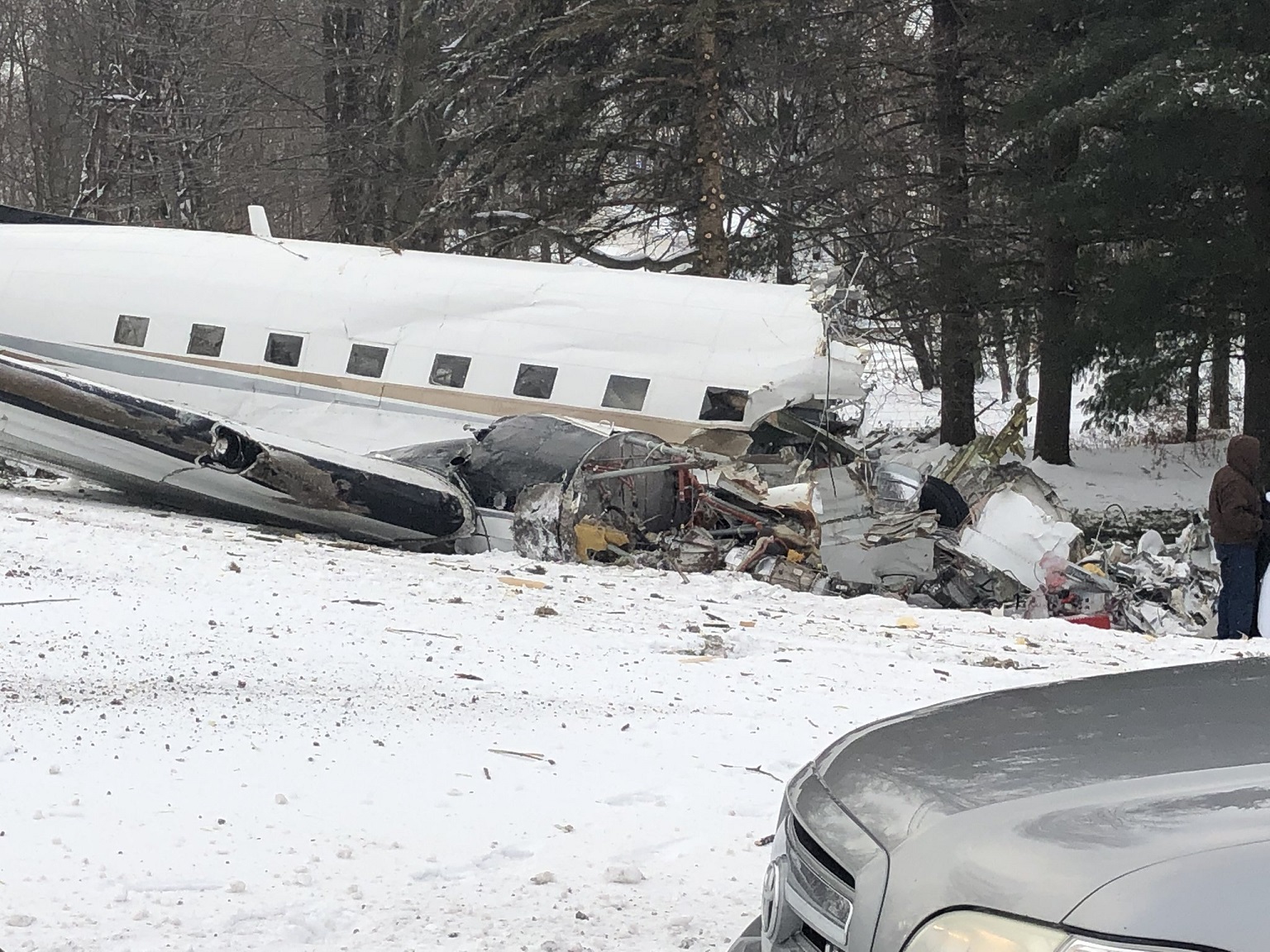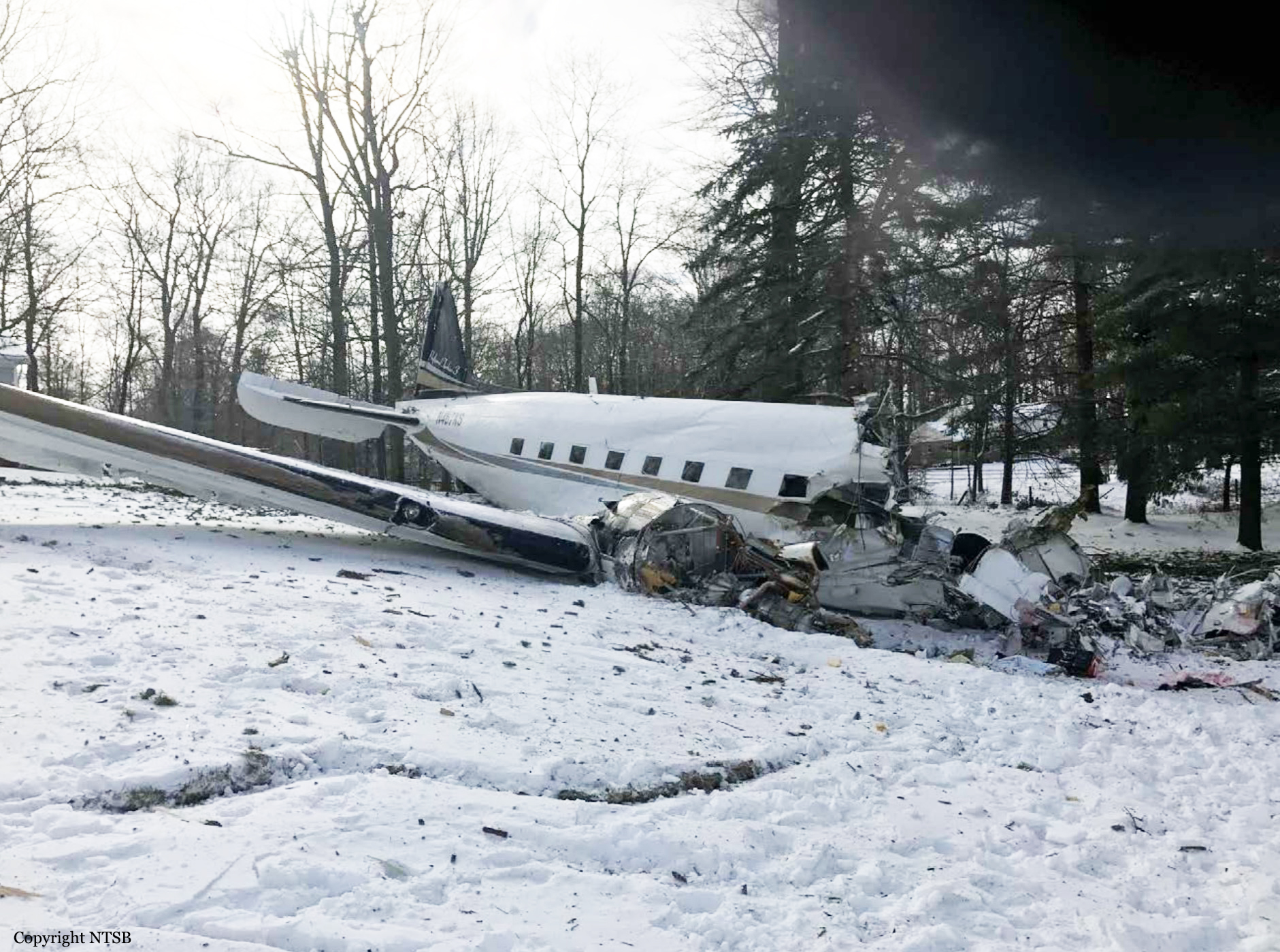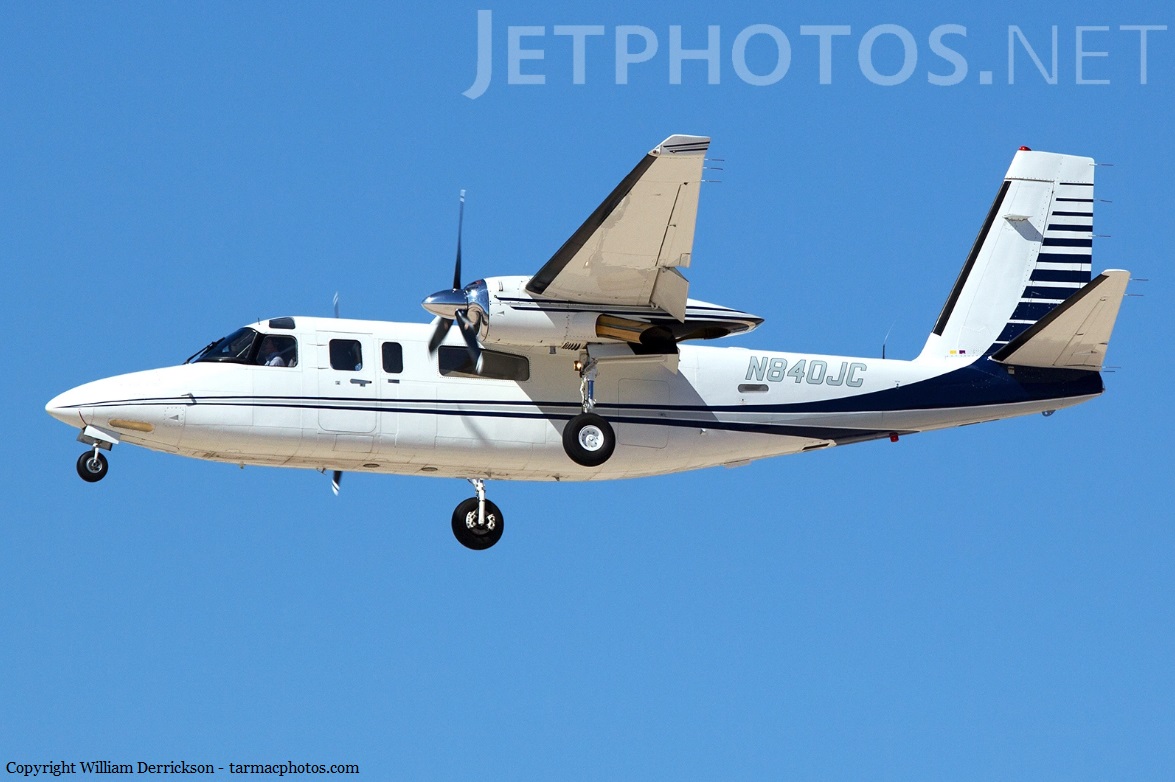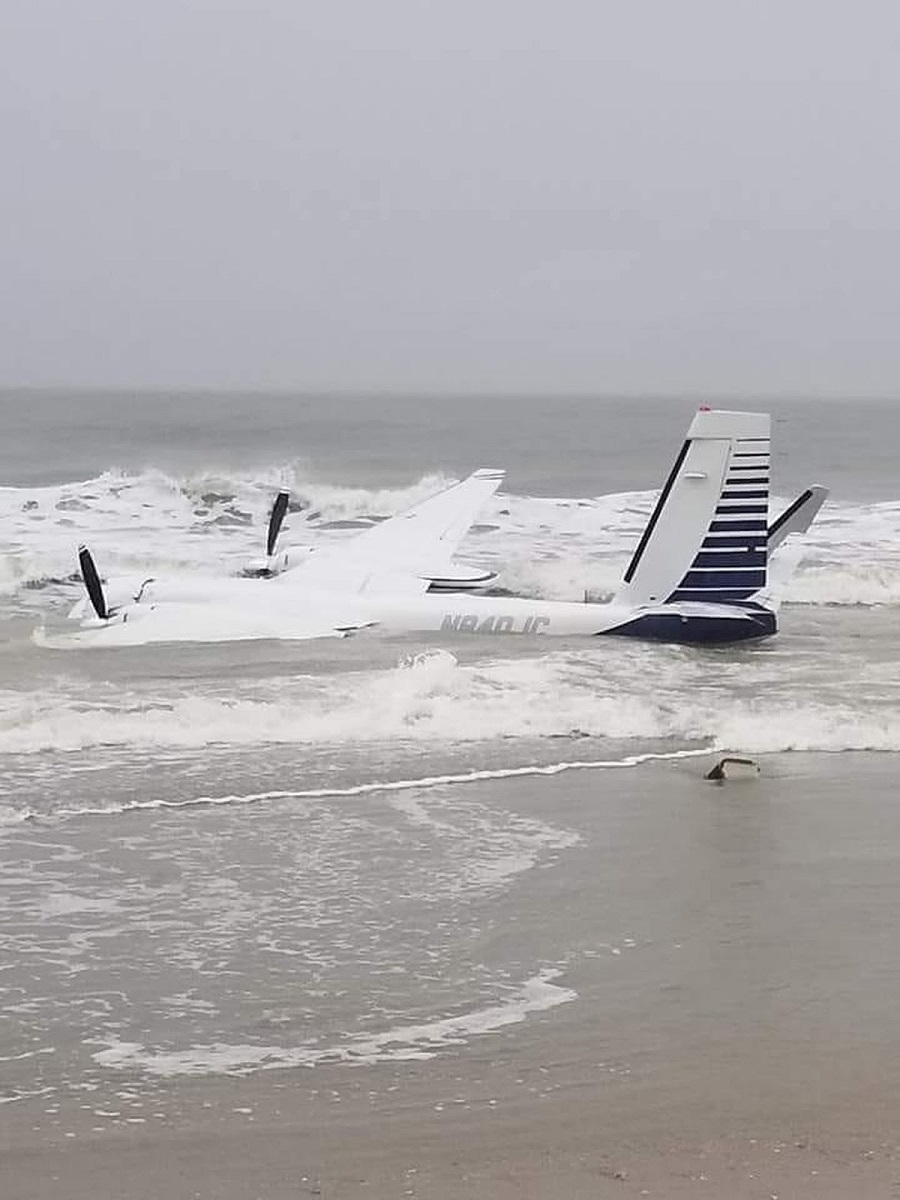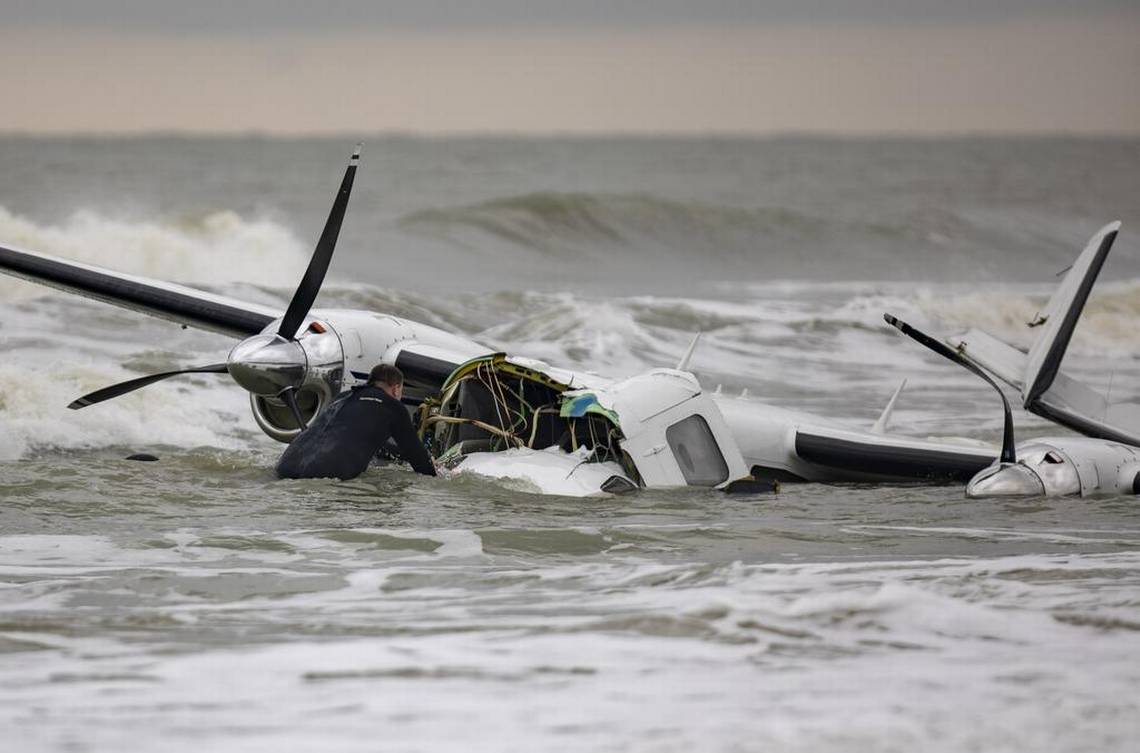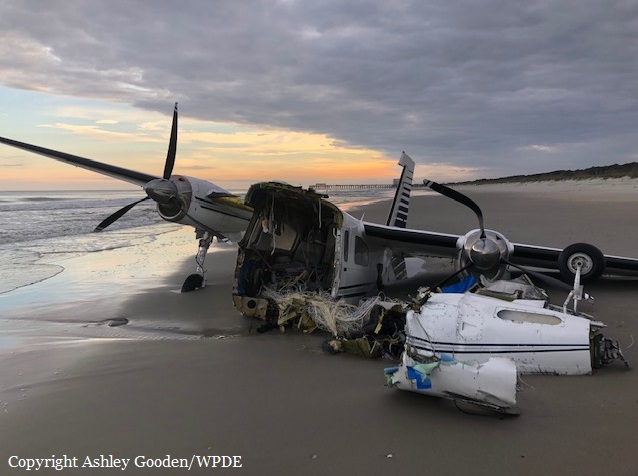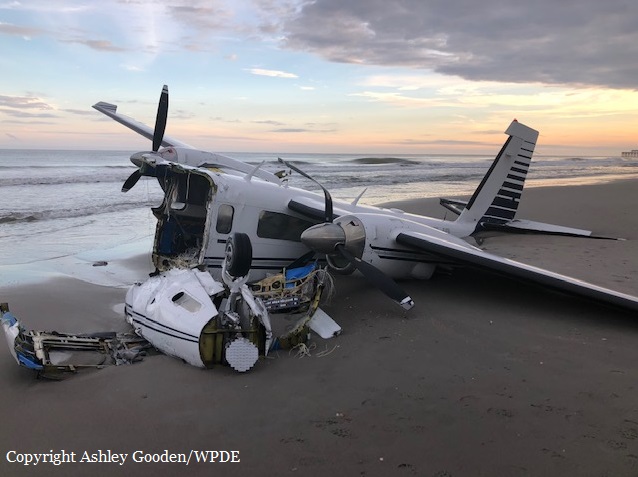Crash of a Cessna 208B Grand Caravan in Marsabit: 2 killed
Date & Time:
Mar 20, 2021 at 1000 LT
Registration:
5Y-JKN
Survivors:
No
Schedule:
Nairobi – Marsabit
MSN:
208B-0688
YOM:
1998
Crew on board:
2
Crew fatalities:
Pax on board:
0
Pax fatalities:
Other fatalities:
Total fatalities:
2
Captain / Total hours on type:
2329.00
Copilot / Total hours on type:
104
Aircraft flight hours:
16343
Circumstances:
The report describes the accident to C208B type of aircraft, registration 5Y-JKN with two crew on onboard that occurred on Marsabit Hill on 20th March 2021 in which the aircraft crashed killing two crew onboard. The aircraft with 2200lbs fuel onboard was chartered to ferry Marsabit County Officials to a peace keeping mission at Illeret 156 nautical miles North West of Marsabit town. Preliminary information revealed that the aircraft departed Wilson Airport at 08.20am (0520Z) and arrived within the vicinity of Marsabit town at around 10.00a.m (0700Z). It collided with Kofia Mbaya Hill - Marsabit terrain while attempting to approach Marsabit airstrip. The aircraft first impacted the terrain with its nose-wheel and the main landing gears leaving parts of the fuselage and iron box with its content kept in the lower baggage compartment on the sport. It then ballooned and missed a house before it flipped upside down and impacted the ground and came to rest facing opposite direction. It left a trail of aircraft parts along its path before it came to rest. The nosewheel and its assembly separated and fell off and was found next to the house 110m from its first point of impact. There was no fire after impact but all the occupants received fatal injuries.
Probable cause:
The probable cause of the accident was a continued descend into terrain without forward visibility in thick fog.
The following contributing factors were identified:
- Location of the airstrip which is surrounded by high hills,
- Inadequate flight planning and crew resource management.
The following contributing factors were identified:
- Location of the airstrip which is surrounded by high hills,
- Inadequate flight planning and crew resource management.
Final Report:
